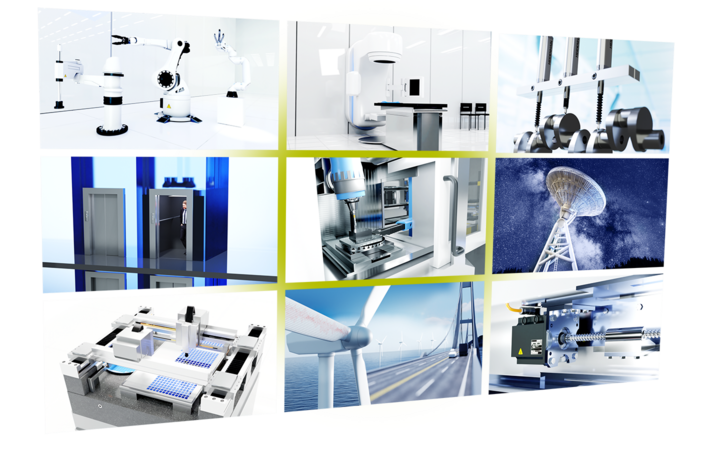The HEIDENHAIN GROUP is your partner for solutions
combining precision, dynamic performance, practical value, and reliability.
Join us in breaking the accuracy barrier.
Discover our pioneering innovations
that unlock the N+1 process node.
NEPCON 2026 Tokyo/Japan: January 21 to 23, 2026 | SEMICON Seoul/Korea: February 11 - 13, 2026
HEIDENHAIN is at home in numerous industries. Discover solutions from the HEIDENHAIN Corporate Group for your application. Discuss your requirements with our sales engineers, and let our brands support your market success with their extensive product portfolios and strong industry expertise.
